- About Topinambour
- Types and Varieties of Topinambour
- Growing Topinambour
- Enjoying Topinambour
- Growing Topinambour
- Choosing a Location
- Planting Topinambour
- Caring for Topinambour
- Harvesting Topinambour
- Enjoying Topinambour
- Choosing Topinambour Varieties
- 1. Size
- 2. Flavor
- 3. Yield
- 4. Disease Resistance
- 5. Growing Conditions
- Preparing the Soil for Topinambour
- 1. Choose a suitable location
- 2. Clear the area
- 3. Loosen the soil
- 4. Amend the soil
- 5. Test the soil
- 6. Provide drainage
- 7. Create rows or mounds
- 8. Apply mulch
- 9. Water the soil
- 10. Wait for the soil to settle
- Planting Topinambour Tubers
- Step 1: Choosing the Right Location
- Step 2: Preparing the Soil
- Step 3: Planting the Tubers
- Step 4: Watering and Mulching
- Step 5: Providing Support
- Step 6: Maintenance and Care
- Caring for Topinambour Plants
- 1. Planting
- 2. Watering
- 3. Fertilizing
- 4. Mulching
- 5. Staking
- 6. Harvesting
- Harvesting Topinambour
- Timing
- Preparing for Harvest
- Harvesting Techniques
- Post-Harvest Care
- Topinambour in the Kitchen
- Roasted Topinambour
- Mashed Topinambour
- Topinambour Soup
- Topinambour Chips
- Topinambour Salad
- “Question-Answer”
- What is topinambour?
- How do you grow topinambour?
- What are the different varieties of topinambour?
- How long does it take for topinambour to mature?
- What are some delicious recipes to enjoy topinambour?
- “Video” How to Grow Artichokes Start to Finish – Complete Growing Guide
If you’re looking to add a unique and versatile vegetable to your garden, look no further than topinambour. Also known as Jerusalem artichoke, this nutritious tuber has been gaining popularity among home gardeners for its ease of cultivation and delicious flavor. In this ultimate guide, we will explore the different types and varieties of topinambour, as well as provide tips on how to grow them in your vegetable garden.
Topinambour belongs to the sunflower family and is native to North America. It gets its name from the Italian word “girasole,” which means “sunflower.” Despite its name, topinambour is not an artichoke at all, but a tuberous root vegetable that resembles a ginger or a potato. It has a crisp texture and a subtly nutty flavor, making it a great addition to a variety of dishes.
There are several types and varieties of topinambour to choose from, each with its own unique characteristics. The most common type is the white topinambour, which has a creamy white flesh and a mild flavor. Other popular varieties include the red topinambour, which has red or purple skin and a slightly sweeter taste, and the Fleur de Capucine, which has a delicate and floral flavor.
Tip: When selecting topinambour tubers for planting, choose ones that are firm and free from any signs of rot or damage. It’s also a good idea to opt for smaller tubers, as they tend to produce better growth.
About Topinambour
Topinambour, also known as Jerusalem artichoke, is a versatile vegetable that is prized for its unique taste and nutritional benefits. It belongs to the sunflower family and is native to North America. The name “topinambour” is derived from the Tupinambá tribe of Native Americans, who were known to cultivate and consume this vegetable.
Topinambour is known for its tuberous roots, which resemble small, knobby potatoes. These roots can vary in color, ranging from pale beige to dark brown. The flesh of the topinambour is crisp and succulent, with a slightly nutty flavor that is often compared to artichokes, hence the name “Jerusalem artichoke.”
This vegetable is known for its high nutritional value. It is a good source of dietary fiber and contains important vitamins and minerals, including potassium, iron, and magnesium. Topinambour is also low in calories and fat, making it a healthy choice for those watching their weight or trying to maintain a balanced diet.
Types and Varieties of Topinambour
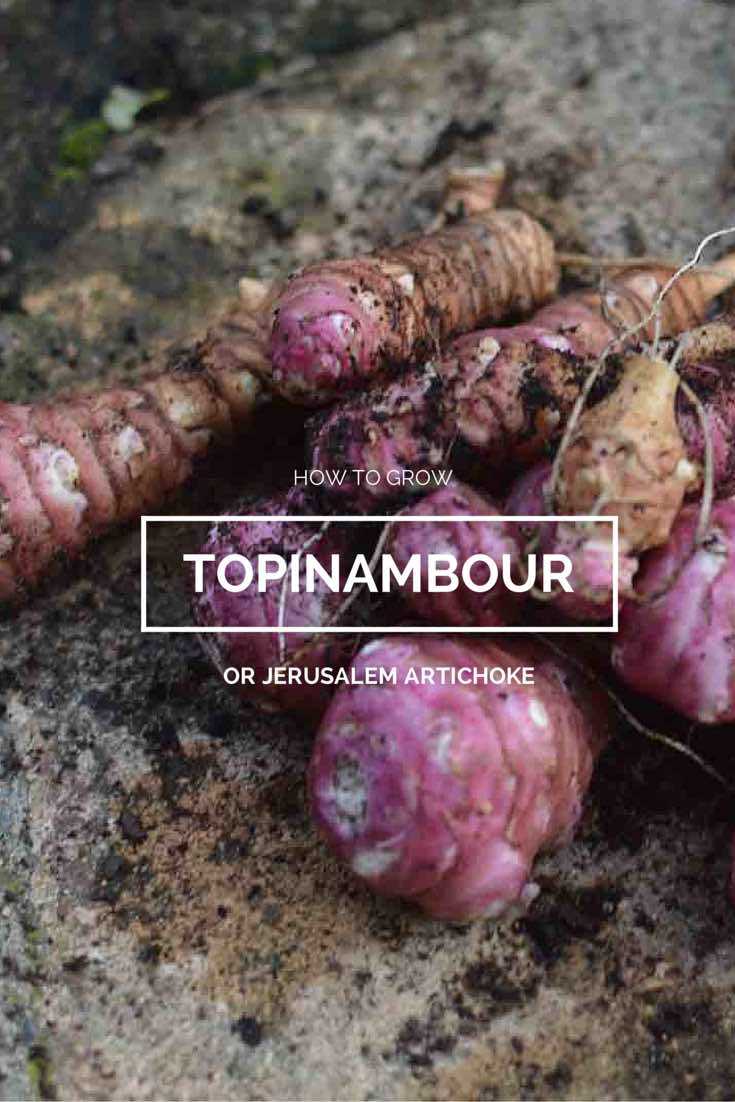
There are several types and varieties of topinambour, each with its own unique characteristics. Some of the most common types include:
- Red Fuseau: This variety has a reddish skin and a creamy white flesh. It is known for its sweet and nutty flavor.
- Dwarf Sunray: This is a smaller variety of topinambour that is perfect for small gardens or containers. It has yellow skin and a sweet, mild taste.
- Stampede: This variety has a smooth yellow skin and a slightly earthy flavor.
These are just a few examples of the many types and varieties of topinambour available. Each variety has its own unique taste and texture, allowing gardeners and food enthusiasts to experiment with different flavors in their dishes.
Growing Topinambour
Topinambour is a hardy plant that can be easily grown in a home vegetable garden. The plant prefers full sun and well-drained soil. It can tolerate a wide range of soil types, including sandy, loamy, and clay soils. Topinambour can grow to a height of 5 to 10 feet and produces beautiful yellow sunflower-like flowers.
To grow topinambour, start by planting the tubers in a prepared garden bed or container. The tubers should be planted in early spring, after the last frost. Plant the tubers about 3 to 4 inches deep and 10 to 15 inches apart. Water the plants regularly, especially during dry spells, and apply a layer of mulch around the base of the plants to help retain moisture.
Topinambour is a fast-growing plant and can be harvested in the fall, after the foliage has died back. Simply dig up the tubers with a garden fork or shovel. Be careful not to damage the tubers, as they are quite delicate.
Enjoying Topinambour
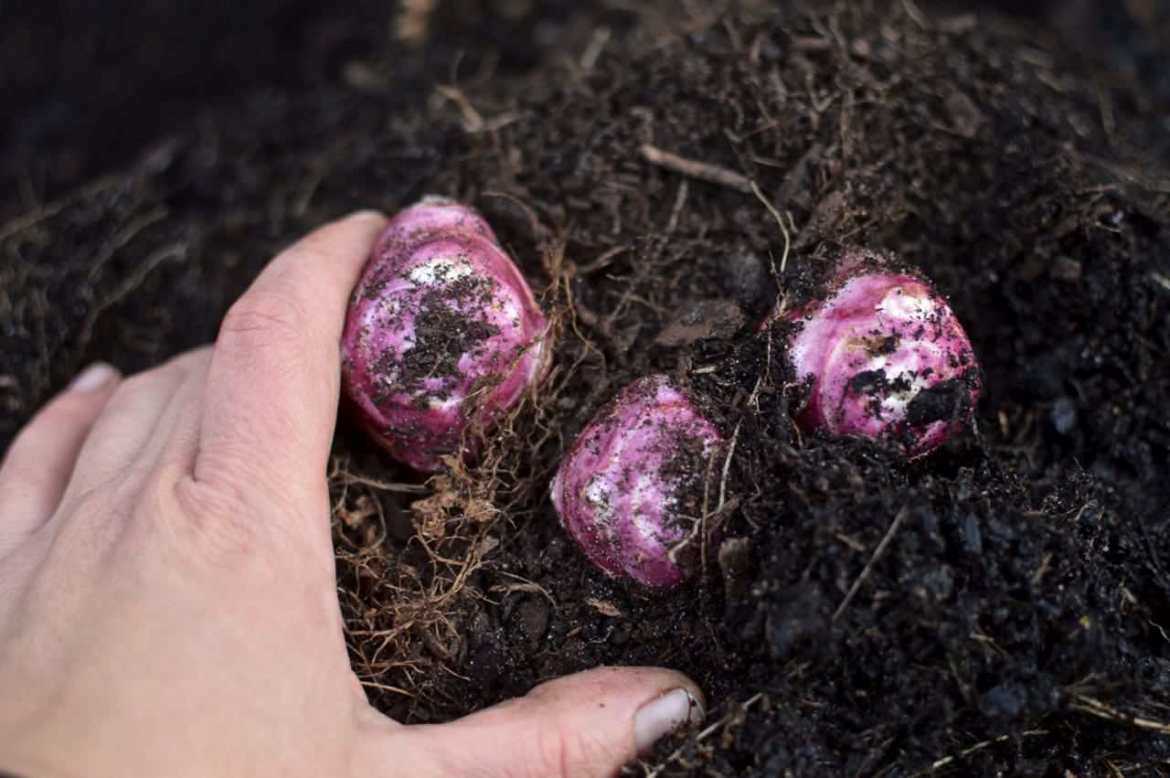
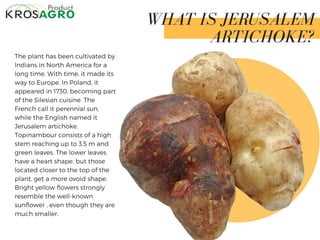
Topinambour can be enjoyed in a variety of ways. The tubers can be boiled, steamed, roasted, or sautéed and used in a wide range of dishes. They can be mashed, pureed, or added to soups and stews. Topinambour can also be sliced and enjoyed raw in salads or used as a crunchy topping for sandwiches.
As for the leaves and flowers of the topinambour plant, they are also edible and can be used in salads or as a garnish. The flowers add a beautiful pop of color to dishes and can be used to decorate cakes and desserts.
Overall, topinambour is a versatile and nutritious vegetable that can be a great addition to any home garden. Whether you’re a seasoned gardener or a food enthusiast looking to try something new, topinambour is definitely worth a try!
Growing Topinambour
Topinambour, also known as Jerusalem artichoke, is a versatile and unique vegetable that can be grown in your own garden. Here are some tips for successfully growing and enjoying this delicious root crop.
Choosing a Location
Topinambour plants prefer a sunny location with well-draining soil. They can tolerate a range of soil types, but they prefer loamy or sandy soil with a pH between 6.0 and 7.0. Make sure to choose a spot that has good air circulation to prevent the build-up of disease and pests.
Planting Topinambour
Topinambour can be planted in early spring, as soon as the soil can be worked. Before planting, prepare the soil by removing any weeds and loosening it with a garden fork or tiller. Plant the root tubers about 4-6 inches deep and space them 12-18 inches apart. Keep in mind that topinambour plants can grow quite tall, so give them enough space to spread out.
Caring for Topinambour
Topinambour plants are low-maintenance and don’t require much care once planted. However, they do need regular watering, especially during dry periods. Mulching around the plants can help conserve moisture and prevent weed growth. It’s also a good idea to stake or support the plants to keep them from falling over as they grow taller.
Harvesting Topinambour
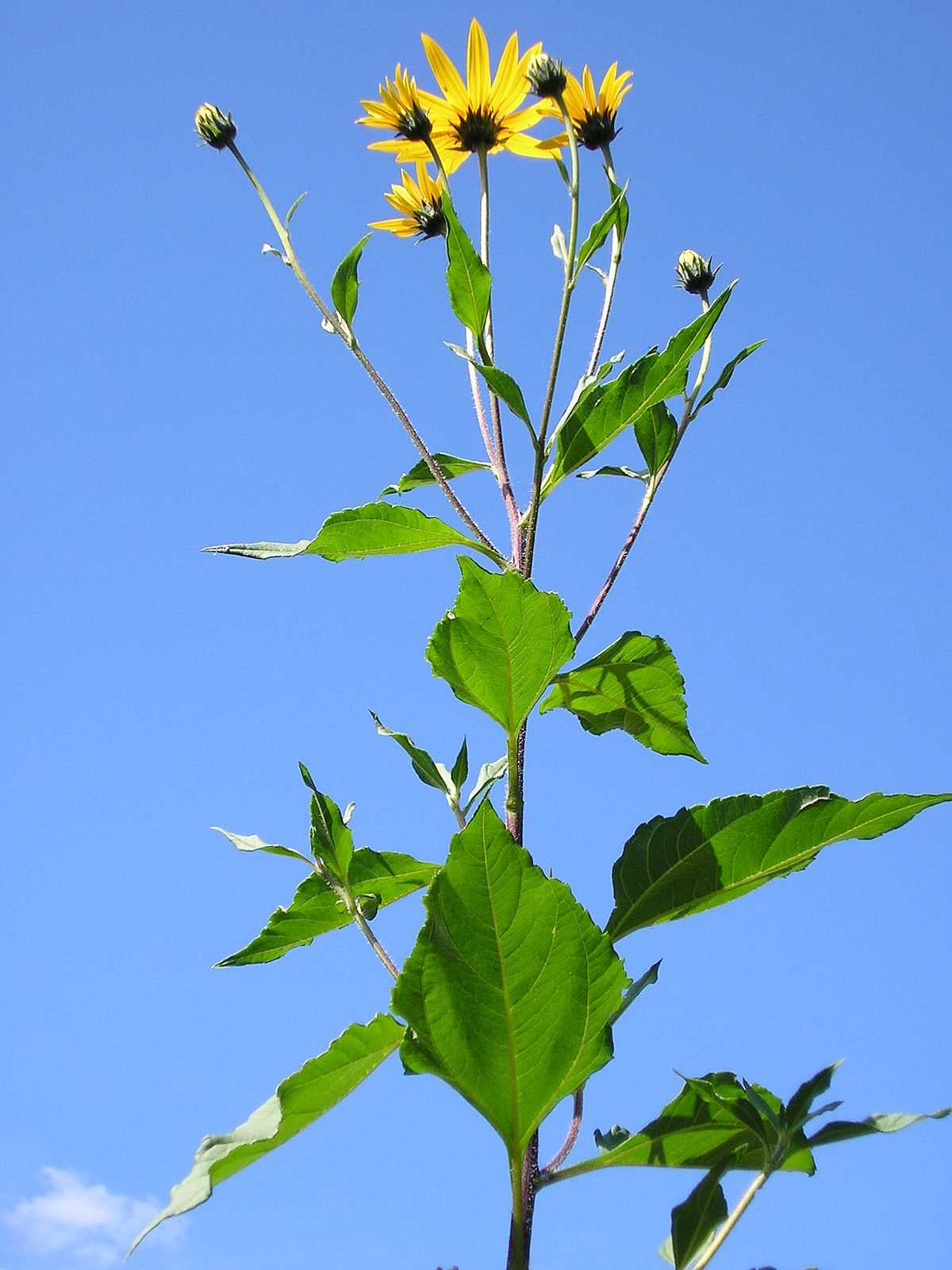
Topinambour tubers can be harvested in late fall when the plants have died back and the tubers have reached their full size. Carefully dig up the tubers using a garden fork or shovel, being careful not to damage them. Wash off any dirt, and they are ready to be enjoyed!
Enjoying Topinambour
Topinambour tubers can be eaten raw or cooked. They have a nutty, sweet flavor that is similar to artichokes. They can be roasted, sautéed, boiled, or used in soups and stews. Additionally, topinambour plants produce beautiful yellow flowers that make a lovely addition to flower arrangements.
Now that you have the basics of growing topinambour, it’s time to start planting and enjoying this unique and delicious root crop in your own garden!
Choosing Topinambour Varieties
Topinambour, also known as Jerusalem artichoke, is a versatile and nutritious vegetable that can be grown in your own backyard. When choosing topinambour varieties to grow, there are a few factors to consider:
1. Size
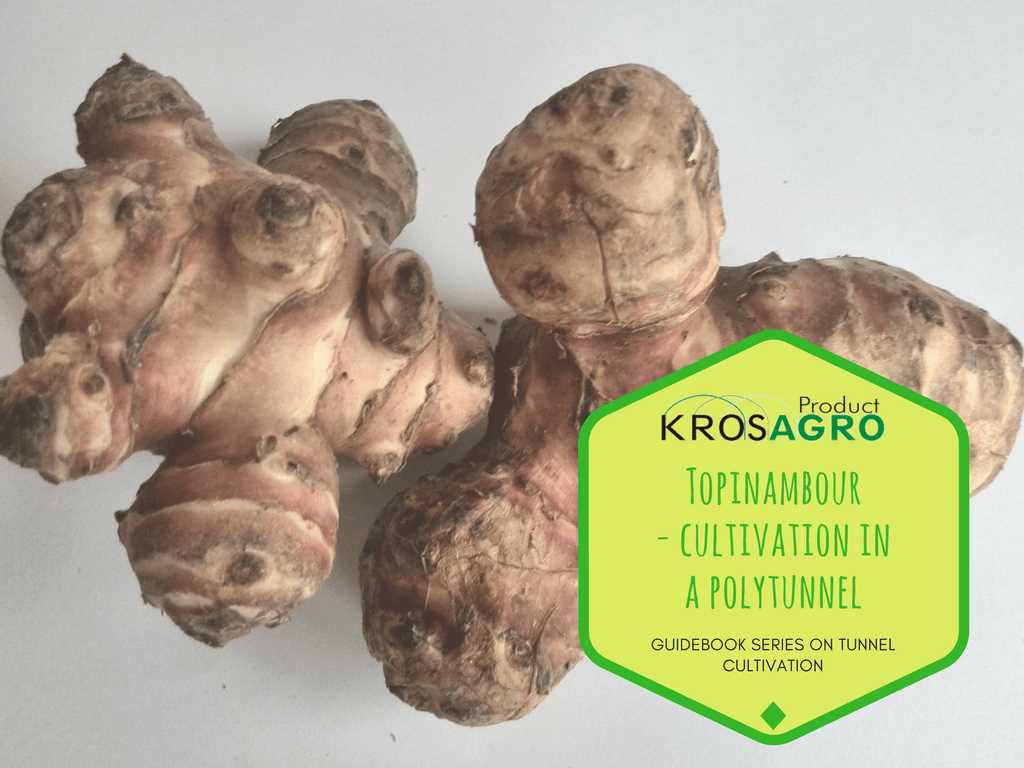
Topinambours come in different sizes, ranging from small to large. If you prefer smaller topinambours for roasting or sautéing, look for varieties that produce smaller tubers. If you want larger topinambours for soups or mashing, choose varieties that are known for their larger tuber size.
2. Flavor
Topinambours have a mild, nutty flavor that is often compared to that of artichokes. However, different varieties may have slightly different flavor profiles. Some varieties may have a sweeter taste, while others may have a more savory flavor. Consider your personal preferences when choosing a topinambour variety.
3. Yield
Topinambour plants can produce different amounts of tubers, so it’s important to consider the yield when choosing a variety. If you want a high yield for preserving or storing, look for varieties that are known for their productivity. On the other hand, if you have limited space or only need a small amount of topinambours, a lower-yielding variety may be sufficient.
4. Disease Resistance
Some varieties of topinambour are more resistant to certain diseases and pests than others. If you live in an area where certain diseases or pests are common, it may be beneficial to choose a variety that has been bred to be more resistant. This can help ensure a successful harvest and reduce the need for chemical pesticides.
5. Growing Conditions
Topinambours are tolerant of a wide range of growing conditions, but some varieties may perform better in certain environments. Consider the prevailing climate in your area, as well as the soil type and sunlight exposure in your garden. Choose a topinambour variety that is well-suited to these conditions for the best results.
When choosing topinambour varieties, it’s also a good idea to consult with local gardeners or agricultural extension offices for recommendations. They can provide valuable insights into which varieties have performed well in your specific region.
Overall, the choice of topinambour varieties is a personal one. Consider your cooking preferences, space limitations, and growing conditions to find the perfect variety for your vegetable garden.
Preparing the Soil for Topinambour
Before planting topinambour, it is important to prepare the soil properly to ensure optimal growth and a successful harvest. Here are some steps to follow when preparing the soil for topinambour:
1. Choose a suitable location
Select a sunny spot in your garden that receives at least 6 hours of direct sunlight each day. Topinambour thrives in well-draining soil, so avoid areas prone to waterlogging.
2. Clear the area
Remove any weeds, rocks, or debris from the planting area. This will help prevent competition for nutrients and ensure a clean environment for the topinambour plants.
3. Loosen the soil
Using a garden fork or tiller, loosen the soil to a depth of about 12 inches. This will allow the topinambour roots to grow deep and establish a strong foundation.
4. Amend the soil
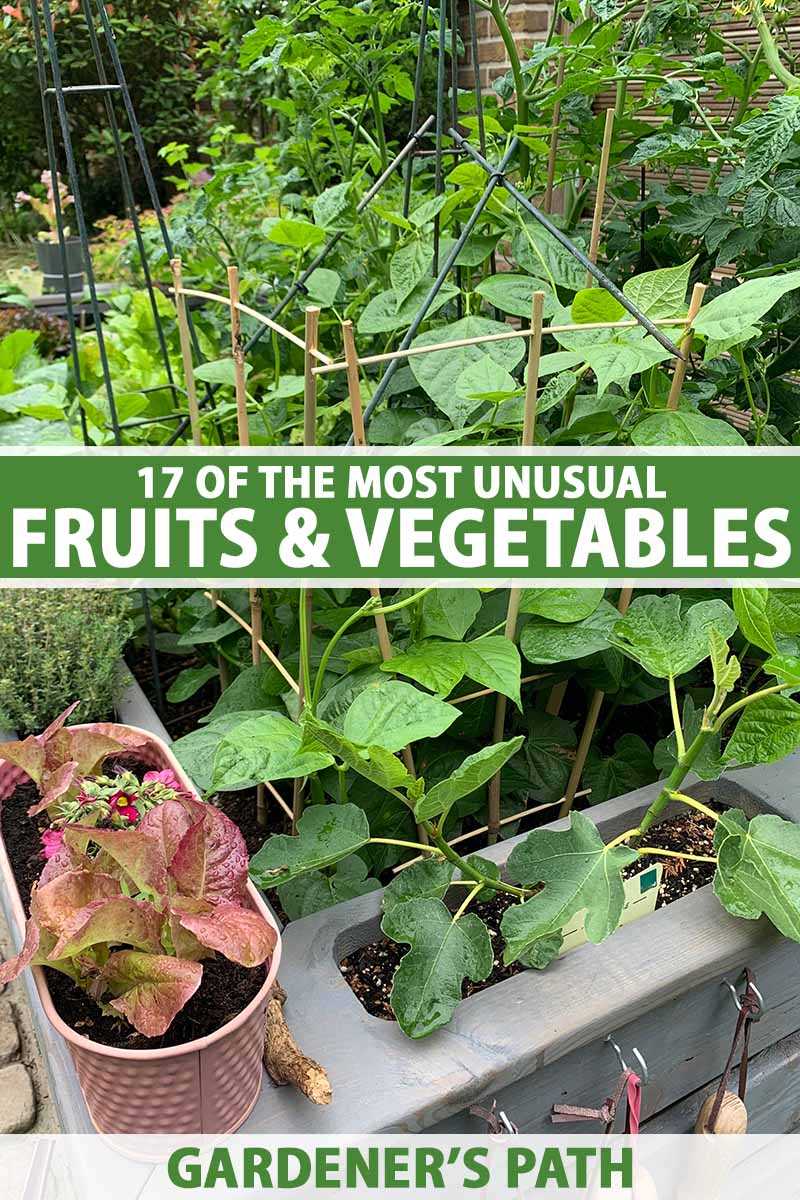
Add organic matter, such as compost or well-rotted manure, to improve the soil’s fertility and moisture retention. Work the organic matter into the soil evenly, ensuring it is well-distributed.
5. Test the soil
It is recommended to test the soil’s pH level before planting topinambour. The ideal pH range for topinambour is between 5.8 and 7.0. If the pH is too low or too high, you can make adjustments by adding lime or sulfur accordingly.
6. Provide drainage
If your soil is heavy or clayey, consider adding sand or perlite to improve drainage. This will prevent waterlogging and enhance the overall health of the topinambour plants.
7. Create rows or mounds
Depending on your preference, create rows or mounds in the prepared soil. This will provide a structure for planting and make it easier to manage the topinambour plants as they grow.
8. Apply mulch
Spread a layer of mulch, such as straw or wood chips, around the plants to suppress weeds, conserve moisture, and regulate soil temperature. This will help maintain a healthy growing environment for topinambour.
9. Water the soil
Before planting the topinambour tubers, thoroughly water the prepared soil to ensure it is adequately moist. This will promote initial root growth and help the plants establish themselves.
10. Wait for the soil to settle
After watering, allow the soil to settle for a few days before planting the topinambour tubers. This will give the organic matter and amendments time to integrate with the soil and create a stable environment for the plants.
By following these steps and properly preparing the soil, you can create optimal conditions for topinambour growth and ensure a bountiful harvest of this delicious and versatile vegetable.
Planting Topinambour Tubers
Planting topinambour tubers is a simple and straightforward process that can be done in a few easy steps. By following these steps, you can ensure that your topinambour tubers have the best chance of growing into healthy and productive plants.
Step 1: Choosing the Right Location
Topinambour plants require a sunny location with well-drained soil. Choose a spot in your vegetable garden that receives at least 6 hours of direct sunlight per day. Make sure the soil is loose and fertile, as topinambour plants prefer rich soil.
Step 2: Preparing the Soil
Before planting, prepare the soil by removing any weeds and loosening it with a garden fork or tiller. Add organic matter such as compost or well-rotted manure to improve the soil’s fertility and drainage. Mix the organic matter thoroughly into the soil.
Step 3: Planting the Tubers
Topinambour tubers can be planted directly into the ground or in containers. If planting in the ground, dig a hole that is about 3-4 inches deep and space the tubers about 12-18 inches apart. Place the tubers in the hole with the sprout facing up and cover them with soil.
If planting in containers, choose a container that is at least 12 inches deep and wide. Fill the container with potting soil mixed with compost. Plant the tubers about 3-4 inches deep and space them about 6-8 inches apart.
Step 4: Watering and Mulching
After planting, water the tubers thoroughly to ensure good soil contact and to help them establish roots. Keep the soil consistently moist, but not waterlogged, throughout the growing season. Apply a layer of organic mulch, such as straw or wood chips, around the plants to help conserve moisture and suppress weeds.
Step 5: Providing Support
Topinambour plants can grow quite tall, reaching heights of up to 10 feet. To support the plants, install stakes or trellises around them. As the plants grow, gently tie them to the support structure using soft twine or garden clips.
Step 6: Maintenance and Care
Once the topinambour plants are established, they require minimal maintenance. Keep the soil consistently moist, especially during dry spells. Remove any weeds that may compete for nutrients and water. Fertilize the plants with a balanced organic fertilizer once every month.
Additionally, topinambour plants can spread quickly, so it’s important to monitor their growth and control them by pruning or digging up any excess shoots.
By following these steps, you can successfully plant topinambour tubers and enjoy a bountiful harvest of this unique and nutritious vegetable.
Caring for Topinambour Plants
1. Planting
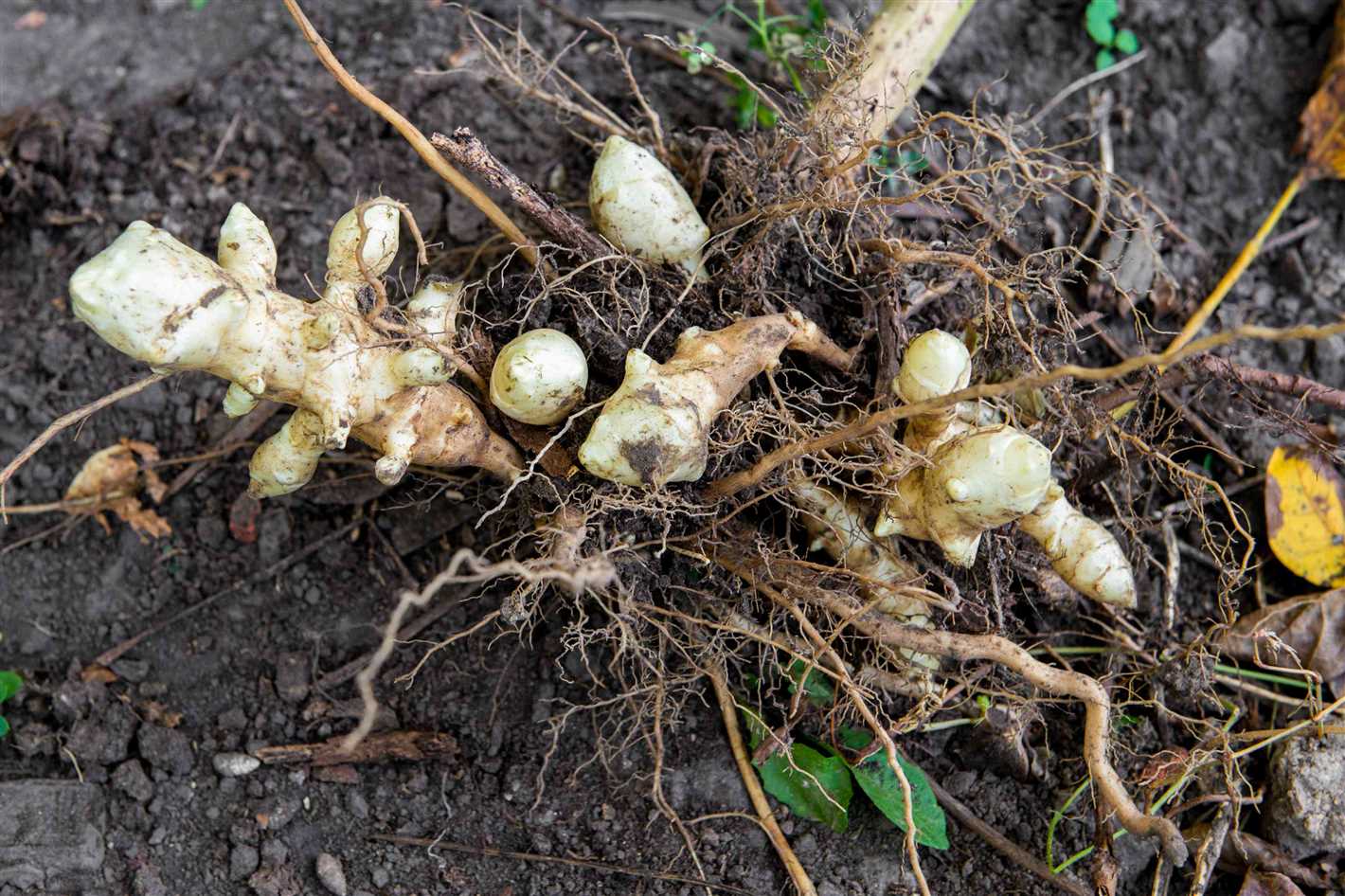
When planting topinambour, choose a sunny spot in your vegetable garden. The soil should be well-draining and enriched with organic matter. Dig a hole about 6 inches deep and place the tubers in the hole with the knobs facing upward. Space the tubers about 12 inches apart to allow room for the plants to spread.
2. Watering
Topinambour plants require regular watering, especially during dry periods. Keep the soil evenly moist, but not waterlogged. Water the plants at the base, taking care not to wet the foliage, as this can lead to disease. Use a soaker hose or watering can to ensure the water reaches the roots.
3. Fertilizing
Topinambour plants are heavy feeders and benefit from regular fertilization. Before planting, incorporate compost or well-rotted manure into the soil to provide nutrients. Once the plants are established, apply a balanced fertilizer every 4-6 weeks according to package instructions.
4. Mulching
Applying a layer of mulch around topinambour plants helps retain soil moisture, suppress weed growth, and regulate soil temperature. Use organic mulch such as straw or wood chips, and apply a 2-3 inch layer around the plants, leaving a small space around the stems to prevent rot.
5. Staking
As topinambour plants grow, they can become top-heavy and may benefit from staking or support. Place stakes or cages around the plants early in the growing season to prevent them from falling over or being damaged by strong winds.
6. Harvesting
Topinambour tubers can be harvested once the plants have died back and the foliage has turned yellow. Use a garden fork or shovel to dig up the tubers, being careful not to damage them. Harvesting can be done throughout the fall and even into winter if the ground is not frozen.
Note: Topinambour plants can become invasive if left unchecked. It is recommended to harvest all the tubers and remove any remaining plant material to prevent the spread of the plant.
Harvesting Topinambour
Harvesting topinambour is a rewarding experience, as it allows you to enjoy the delicious taste and nutritional benefits of this unique vegetable. Here are some tips on when and how to harvest your topinambour:
Timing
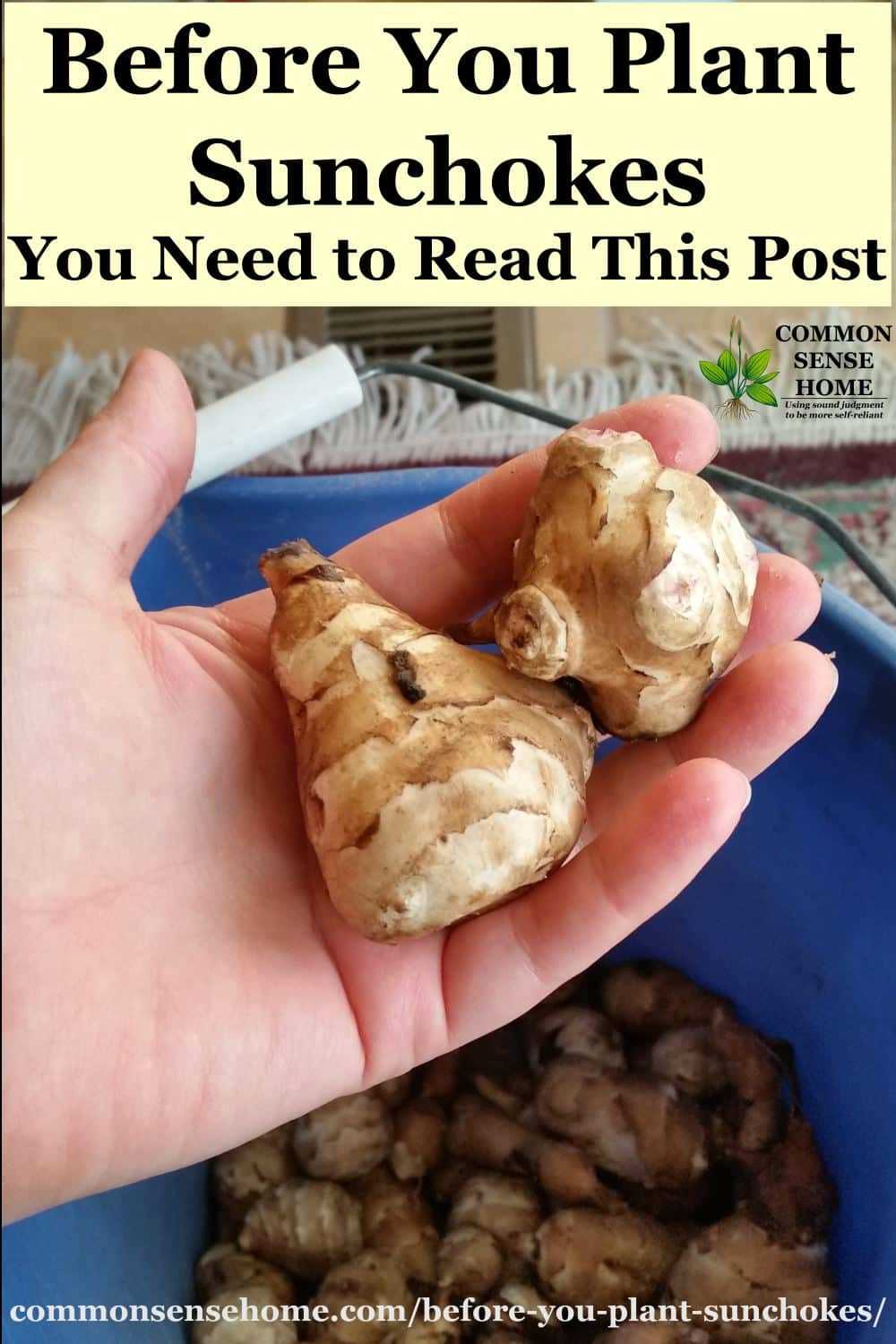
The best time to harvest topinambour is in late autumn or early winter, after the plant has finished flowering. This is usually around October or November, depending on your location. At this time, the tubers are mature and ready for harvesting.
Preparing for Harvest
Prior to harvesting, it is important to cut back the above-ground portion of the topinambour plant. This helps divert energy to the tubers and makes the harvesting process easier. You can use pruning shears or a sharp knife to cut the stems down to ground level.
Harvesting Techniques
There are a few different techniques you can use to harvest topinambour:
- Digging: This is the most common method of harvesting topinambour. Use a garden fork or spade to carefully dig around the base of the plant, being careful not to damage the tubers. Lift the plant out of the ground, and gently shake off any excess soil.
- Raking: If you have a large topinambour patch, you can use a rake to loosen the soil around the plants. Start by raking in a circular motion around the base of the plant, gradually moving outward. Once the soil is loose, you can easily pull up the plant and collect the tubers.
- Handpicking: If you have a small topinambour plant or want to selectively harvest individual tubers, you can use your hands to gently pull the tubers out of the ground. This method requires some patience and careful handling to avoid damaging the tubers.
Post-Harvest Care
After harvesting, it is important to clean and store the topinambour tubers properly to ensure their longevity:
- Cleaning: Gently brush off any excess soil from the tubers. Avoid washing them with water, as this can promote spoilage.
- Storage: Topinambour tubers can be stored in a cool, dark, and dry place, such as a cellar or garage. Place them in a single layer in a well-ventilated container, such as a crate or a basket. This will help prevent them from sprouting or rotting. Regularly check the tubers and remove any that show signs of damage or decay.
By following these tips, you can enjoy a bountiful harvest of topinambour and savor its unique flavor in a variety of culinary dishes.
Topinambour in the Kitchen
Topinambour, also known as Jerusalem artichoke, is a versatile and delicious vegetable that can be enjoyed in many different ways in the kitchen. Whether you prefer it roasted, mashed, or added to soups and stews, topinambour adds a unique flavor and texture to any dish. Here are some ideas for how to use topinambour in your cooking:
Roasted Topinambour
Roasting topinambour is a simple and delicious way to enjoy this vegetable. To roast topinambour, simply peel and cut it into chunks or slices. Toss the topinambour with olive oil, salt, and pepper, and spread it out on a baking sheet. Roast in a preheated oven at 425°F (220°C) for about 25-30 minutes, or until the topinambour is tender and golden brown. Serve as a side dish or add to salads for a flavorful twist.
Mashed Topinambour
Mashed topinambour is a great alternative to mashed potatoes, and adds a unique flavor to the dish. To make mashed topinambour, first peel and chop the topinambour. Boil in salted water until tender, then drain and mash with a potato masher or fork. Add butter, milk or cream, and seasonings like garlic, herbs, or cheese, to taste. Serve as a side dish or use as a topping for pies and casseroles.
Topinambour Soup
Topinambour soup is a warming and comforting dish, perfect for chilly days. To make topinambour soup, peel and chop the topinambour, along with onions, carrots, and celery. Sauté the vegetables in a large pot with butter or oil until they start to soften. Add vegetable or chicken broth, and simmer until the topinambour is tender. Puree the soup with an immersion blender or in a countertop blender, until smooth. Season with salt, pepper, and herbs, and serve hot with crusty bread.
Topinambour Chips
Topinambour chips are a healthier alternative to traditional potato chips, and are easy to make at home. Simply wash and slice the topinambour into thin rounds, using a mandoline or a sharp knife. Toss the slices with olive oil, salt, and any other desired seasonings, such as paprika or garlic powder. Lay the slices in a single layer on a baking sheet, and bake in a preheated oven at 375°F (190°C) for about 15-20 minutes, or until they are golden brown and crispy. Serve as a snack or as a side dish.
Topinambour Salad
Topinambour can also be enjoyed raw in salads, adding a crispy and slightly nutty flavor. To make a topinambour salad, peel and thinly slice the topinambour. Toss the slices with lemon juice or vinegar, olive oil, salt, and pepper. Add any desired salad greens, such as arugula or spinach, as well as other favorite salad ingredients, such as tomatoes, cucumbers, or cheese. Serve as a light and refreshing side dish or as a main course salad.
| Benefits of Topinambour |
|---|
| High in fiber |
| Rich in vitamins and minerals |
| Low in calories |
| Can help regulate blood sugar levels |
| Supports digestive health |
As you can see, there are many delicious and creative ways to enjoy topinambour in the kitchen. Whether you prefer it roasted, mashed, or in soups and salads, topinambour brings a unique and flavorful twist to your meals. So next time you’re looking for a new vegetable to try, consider adding topinambour to your shopping list!
“Question-Answer”
What is topinambour?
Topinambour, also known as Jerusalem artichoke, is a root vegetable that belongs to the sunflower family. It has a knobby appearance and a sweet, nutty flavor.
How do you grow topinambour?
Topinambour can be grown in various types of soil, but it prefers loose, well-draining soil with a pH of 6.0 to 7.0. It is typically planted in early spring or in fall, and it requires a lot of sun and space to grow. The tubers are usually planted about 3-4 inches deep and 12-18 inches apart.
What are the different varieties of topinambour?
There are several different varieties of topinambour, each with its own unique characteristics. Some popular varieties include Fuseau, Red Fuseau, Stampede, and White Fuseau. These varieties differ in terms of their tuber shape, skin color, and taste.
How long does it take for topinambour to mature?
Topinambour typically takes about 120-150 days to mature, depending on the variety and growing conditions. The tubers can be harvested once the plants have died back and the soil has dried out in late fall or early winter.
What are some delicious recipes to enjoy topinambour?
Topinambour can be enjoyed in a variety of delicious recipes. Some popular options include roasted topinambour with herbs, creamy topinambour soup, topinambour gratin, and topinambour chips. The nutty flavor and creamy texture of topinambour make it a versatile ingredient in the kitchen.







